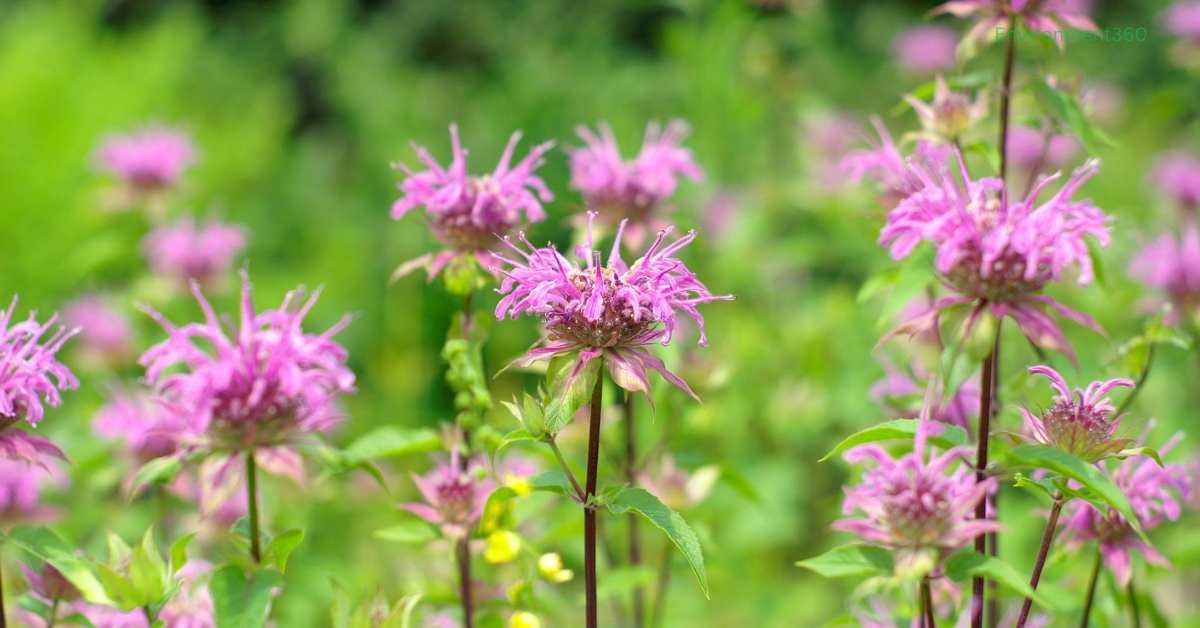Bergamot, scientifically known as Monarda, is a captivating flowering plant that has garnered attention for its vibrant colors and fragrant blooms. Known also as bee balm, horse mint, or Oswego tea, the bergamot flower has made a significant mark on ecosystems and human health alike. These flowers belong to the mint family, Lamiaceae, and are predominantly native to North America.
In this article, we will explore the environmental importance of the bergamot flower, its ecological niche, its various uses, and the impact of its conservation.
What is Bergamot?
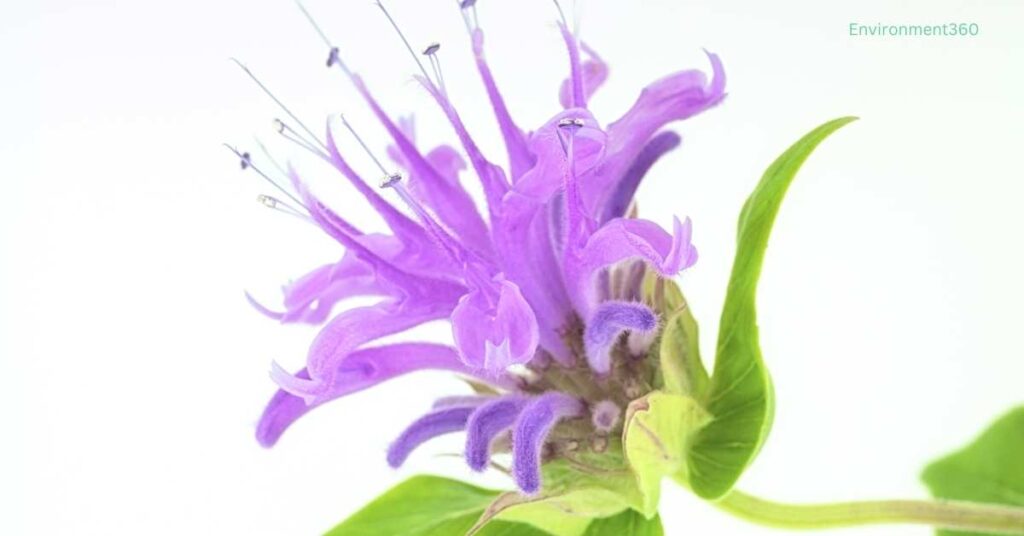
The Botanical Background of Bergamot
The bergamot plant is a perennial herb, characterized by its square stems, fragrant leaves, and colorful tubular flowers that range in shades of pink, red, purple, and white. There are two main types of plants commonly referred to as bergamot:
- Monarda didyma – Often called “red bee balm” or “scarlet bee balm.”
- Monarda fistulosa – Known as “wild bergamot” or “purple bee balm.”
While many confuse it with the citrus fruit bergamot (from which bergamot essential oil is derived), the flower variety has a distinct botanical lineage.
Habitat and Distribution
Bergamot flowers are native to North America, primarily thriving in the woodlands, meadows, and prairies of the eastern United States and Canada. These hardy plants prefer well-drained soils, plenty of sunlight, and are often found in environments ranging from dry uplands to moist lowlands. Thanks to their adaptability, bergamot flowers have been successfully cultivated in gardens and landscapes worldwide.
The Ecological Importance of Bergamot Flowers
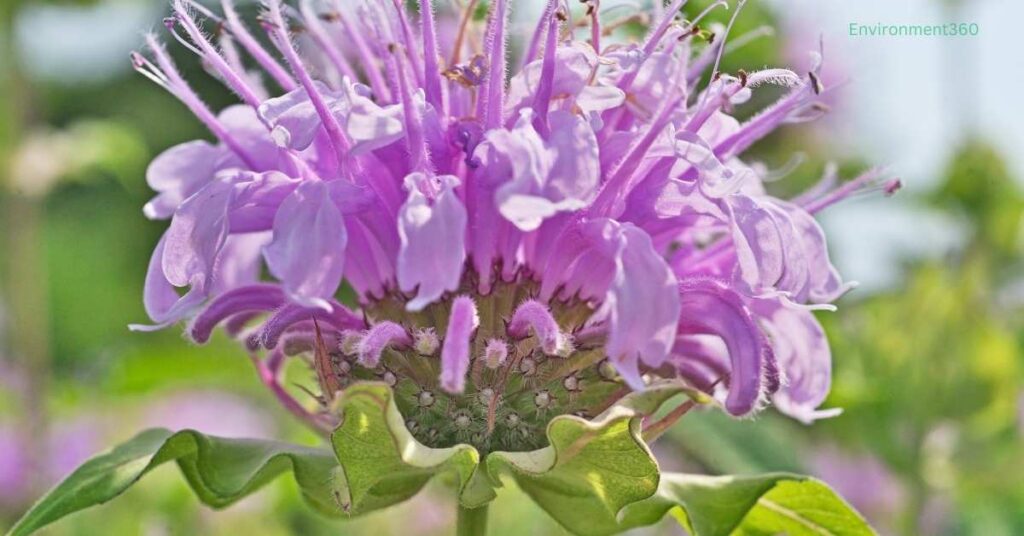
Pollinator Attraction
One of the most notable environmental roles of bergamot flowers is their ability to attract a wide range of pollinators. Their bright and aromatic blooms serve as a magnet for bees, hummingbirds, and butterflies, all of which play a crucial role in pollinating a variety of plant species.
Bergamot and Bees
Bee populations are in global decline, and plants like bergamot are essential in providing food sources for bees, especially during mid-summer when other plants may not be flowering. The flower’s tubular shape is particularly suited to long-tongued bees such as bumblebees. Moreover, bee balm (another common name for bergamot) has a long history of being a go-to nectar source, earning its name because of its bee-friendly nature.
Butterflies and Hummingbirds
Butterflies, including the endangered monarch butterfly, are also frequent visitors to bergamot flowers. Hummingbirds, particularly the ruby-throated hummingbird in North America, are drawn to the nectar-rich flowers, and their presence in gardens and wild ecosystems highlights the importance of bergamot as part of a thriving ecosystem.
Biodiversity Support
By attracting a wide range of pollinators, bergamot flowers contribute significantly to the biodiversity of the ecosystems in which they grow. As part of the mint family, they release essential oils that help ward off pests, which is beneficial for surrounding plant life. This protective feature ensures that the habitats remain balanced, promoting the health of native plants and preventing the overpopulation of certain species.
Uses and Benefits of Bergamot Flowers
Bergamot flowers have long been used for a variety of purposes, both in traditional medicine and modern herbalism, as well as for culinary and ornamental uses.
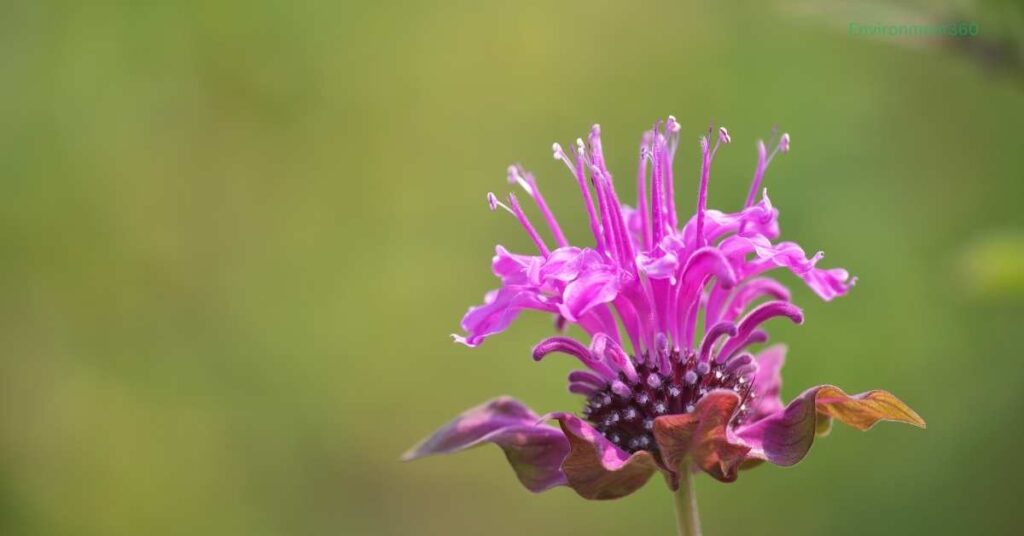
Medicinal Uses
Native American tribes have historically utilized bergamot for its medicinal properties, particularly as a remedy for colds, respiratory issues, and digestive problems. The leaves and flowers contain thymol, an antiseptic compound that was traditionally used to treat infections and wounds.
Some of the medicinal benefits include:
- Antibacterial Properties: Thymol in bergamot flowers has antibacterial and antifungal properties, making it useful in treating minor cuts and wounds.
- Digestive Aid: The plant has been used as a natural digestive remedy, easing indigestion and bloating.
- Cold and Flu Remedy: Bergamot tea, brewed from the leaves and flowers, is often consumed to alleviate symptoms of colds, congestion, and sore throats.
Culinary Uses
Bergamot flowers and leaves are not just medicinal; they are also edible. The plant’s leaves and flowers can be used to make tea, often referred to as “Oswego tea,” named after the Oswego Native Americans who introduced the practice to early American colonists. The tea has a flavor reminiscent of the Earl Grey variety, which is flavored with oil extracted from the bergamot citrus fruit.
The leaves can also be used fresh in salads or dried as a seasoning, adding a minty, slightly citrusy flavor to various dishes.
Ornamental Uses
In addition to their practical uses, bergamot flowers are popular in ornamental gardening. They are often used to add a splash of color to flower beds and borders, and because they attract pollinators, they are a perfect choice for those looking to create a wildlife-friendly garden. Their tall, vibrant blooms make them a centerpiece in many garden designs, and their ability to thrive in a variety of conditions makes them relatively easy to cultivate.
The Role of Bergamot Flowers in Ecosystems
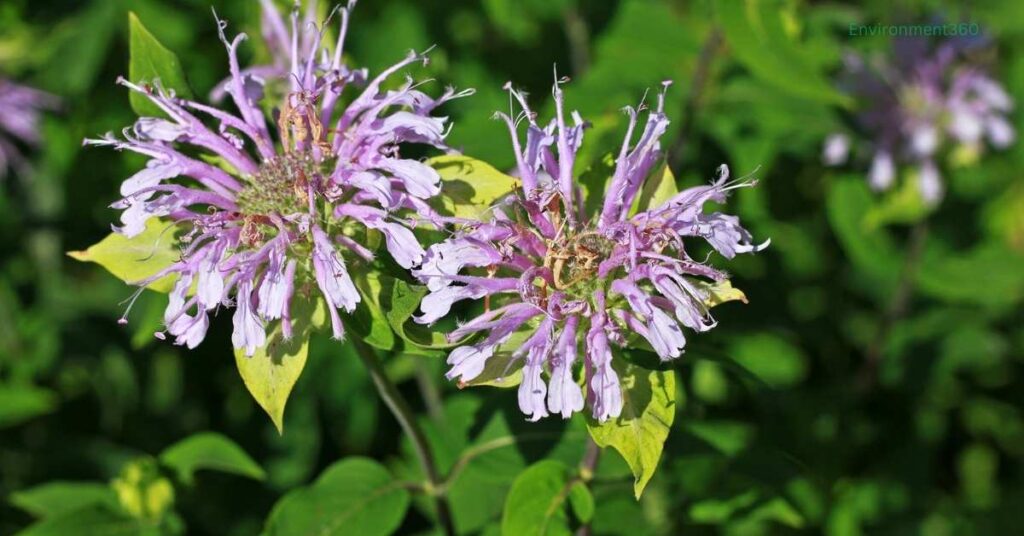
Soil Health
Bergamot flowers contribute to the health of the soil in which they grow. As part of the mint family, they have deep, fibrous root systems that help aerate the soil, making it more conducive to water retention and nutrient exchange. This, in turn, benefits other plant species that share the same habitat, fostering a more diverse and resilient ecosystem.
Additionally, when the leaves and flowers of bergamot fall to the ground, they decompose, returning valuable organic matter to the soil. This process enriches the soil, enhancing its fertility and supporting a more complex network of microorganisms.
Erosion Control
Bergamot’s strong root systems also play an essential role in preventing soil erosion, especially in areas prone to runoff or flooding. By stabilizing the soil, these plants help maintain the integrity of riverbanks, meadows, and other habitats where they grow. This is particularly important in ecosystems where soil erosion could otherwise lead to habitat degradation and loss of biodiversity.
Companion Planting
Bergamot flowers are also known for their effectiveness in companion planting. Due to the plant’s pest-repelling essential oils, they are often grown alongside vegetables and other flowers to protect against pests without the need for chemical pesticides. This organic method of pest control is not only beneficial for home gardens but also for larger agricultural systems that aim to reduce their environmental impact.
Conservation and Threats to Bergamot Flowers

Habitat Loss
Like many wildflowers, bergamot faces threats from habitat destruction due to urbanization, agriculture, and deforestation. While the plant is not currently endangered, its habitats are diminishing as human activities encroach upon natural areas. Conserving wild spaces where bergamot and other native plants thrive is crucial to maintaining biodiversity and ensuring the health of pollinator populations.
Climate Change
Climate change poses another significant threat to bergamot flowers. As temperatures rise and weather patterns become more unpredictable, the growing seasons and habitats for many plants, including bergamot, may shift. In some cases, this could lead to the decline of certain pollinator species, which rely on plants like bergamot for sustenance.
Overharvesting
While bergamot is a hardy plant that can often withstand moderate harvesting, overharvesting—particularly for medicinal or ornamental purposes—can put local populations at risk. Sustainable harvesting practices, along with efforts to cultivate the plant in gardens and farms, are necessary to ensure that wild bergamot populations remain stable.
Conservation Efforts
Conservation efforts are critical in preserving the natural habitats where bergamot flowers thrive. Initiatives such as planting native wildflowers, protecting pollinator populations, and reducing the use of pesticides all contribute to the protection of bergamot and the ecosystems it supports.
In addition to grassroots conservation efforts, larger organizations and government agencies are working to create policies that protect native plant species and their habitats. By safeguarding wild spaces and promoting biodiversity, these efforts aim to mitigate the environmental challenges facing species like bergamot.
How to Grow Bergamot Flowers
Growing bergamot flowers in home gardens or larger landscapes is an excellent way to support local ecosystems while also enjoying the plant’s beauty and utility.
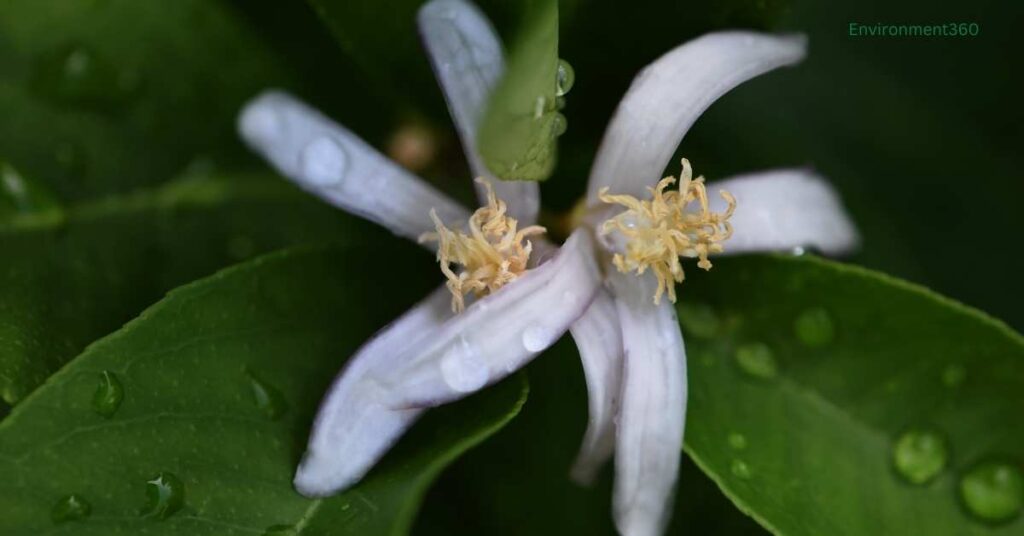
Planting and Care
- Sunlight: Bergamot thrives in full sun but can tolerate partial shade, making it adaptable to a variety of garden conditions.
- Soil: The plant prefers well-drained soil but can grow in a range of soil types, from sandy to clay-rich soils.
- Watering: While bergamot is drought-tolerant once established, regular watering during the growing season will help the plant produce more vibrant blooms.
- Spacing: When planting, ensure there is enough space between each plant to allow for good air circulation, which helps prevent mildew.
Pests and Diseases
Bergamot is relatively resistant to pests, thanks to its natural essential oils. However, it can be susceptible to mildew, particularly in humid conditions. To prevent mildew, ensure the plants are spaced properly and avoid overhead watering.
Companion Plants
Bergamot grows well alongside other pollinator-friendly plants such as lavender, echinacea, and rudbeckia. These plants not only complement each other aesthetically but also create a thriving habitat for bees, butterflies, and other beneficial insects.
Conclusion
The bergamot flower is more than just a beautiful plant. It plays a critical role in supporting pollinators, enhancing soil health, and contributing to biodiversity. Its historical uses in medicine and cuisine, combined with its modern appeal as an ornamental and companion plant, make bergamot a valuable part of both natural ecosystems and human-managed landscapes.
As we continue to face environmental challenges like climate change, habitat loss, and declining pollinator populations, plants like bergamot are essential in maintaining the health and resilience of our ecosystems. By cultivating and conserving these flowers, we can contribute to a healthier planet for future generations.
Read More: White Lotus Flower: A Symbol of Purity and Its Role in the Environment

